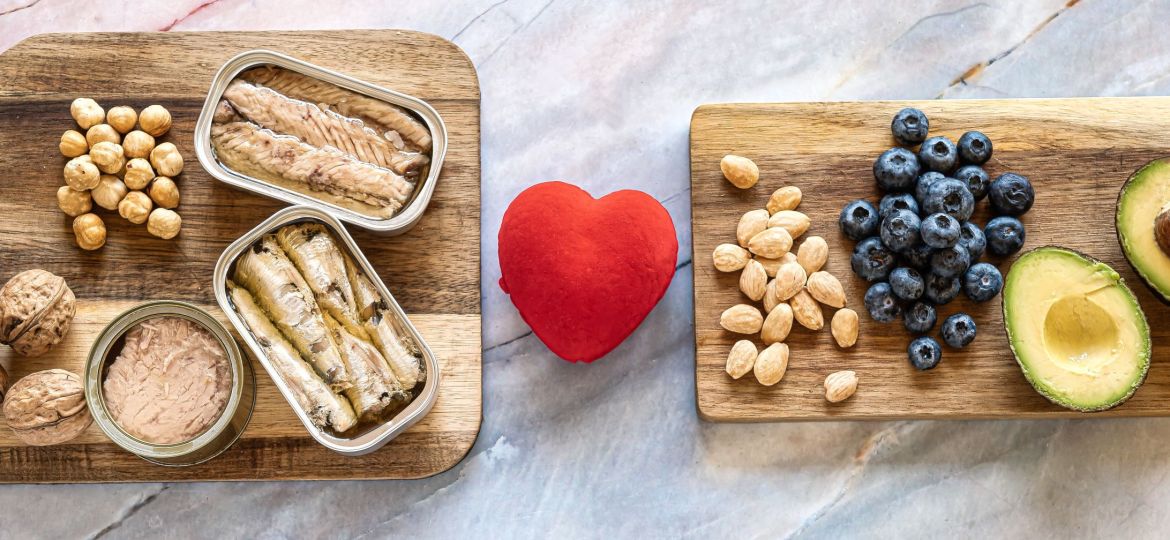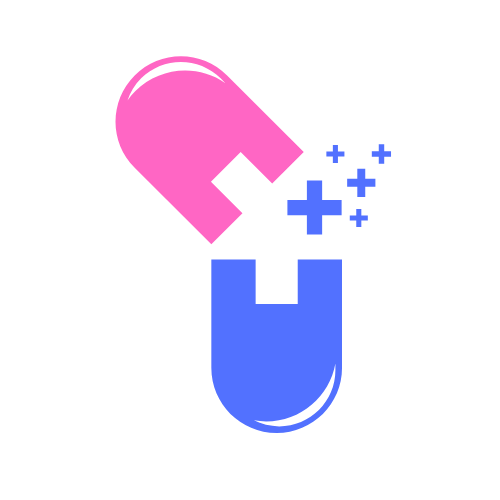
A decade ago, very few people were aware of the dangers of Candida overgrowth, much less the health benefits of adopting a Candida diet. But today, as awareness grows about the harmful effects of excess sugar consumption and with a rising interest in holistic health and nutrition, more and more people are turning to diet as a way to detox their bodies from Candida. In this guide, we’ll cover everything you need to know to determine if a Candida cleanse is right for you.
What Exactly Is Candida?
Candida is a type of fungus (a yeast, to be specific) that naturally resides in various parts of your body’s microbiome, including your gut, skin, mucosa, and genitals. There are several strains of Candida, but the most common one is Candida albicans.
Candida itself is not inherently harmful. In fact, everyone carries multiple strains of Candida albicans in their bodies. Problems arise when this yeast overgrows, crowding out beneficial microorganisms and disrupting the delicate balance of bacteria, fungi, and yeasts in your gut microbiota. This imbalance can lead to symptoms that range from mild to severe.
What Triggers Candida Overgrowth?
Several factors contribute to an overgrowth of Candida, including:
- A weakened immune system
- Antibiotic and steroid use
- Chronic stress
- Excessive sugar and starch consumption
- Heavy alcohol intake
- Diabetes
- Surgery or time spent in intensive care
- Birth control pills
Common Symptoms of Candida Overgrowth
Sugar cravings are one of the most common symptoms of Candida overgrowth, as yeast thrives on sugars and refined starches (carbohydrates). Other common signs include:
- Fungal infections in the skin, throat, esophagus, and blood
- Leaky gut syndrome
- Chronic yeast infections
- Mood swings and mental health issues (due to gut bacteria imbalance)
- Weakened immune system
- Psoriasis and dermatitis
The Candida Diet Plan: Your Best Defense Against Overgrowth
The most effective natural way to combat Candida overgrowth and restore balance to your gut is by following a Candida diet. This diet works by “starving” the excess Candida and eliminating its primary food source—sugar—while promoting the growth of beneficial gut bacteria through nutrient-rich, probiotic foods. Though restrictive, the diet offers plenty of delicious options. Let’s dive into which foods you should avoid and which ones will support your journey to balance.
Foods to Avoid on the Candida Diet
To successfully cleanse your body of Candida, it’s essential to stick to the rules of the diet. While you can enjoy a more flexible eating plan once you’ve restored balance, during the cleanse, these guidelines must be followed to achieve the best results:
1. Sugar and Sweeteners
Since sugar is Candida’s primary food source, eliminating it from your diet is crucial. This includes all forms of sugar and sweeteners, both artificial and natural. Avoid:
- All artificial sweeteners (including sugar alcohols)
- Barley malt
- Brown sugar
- Cane sugar
- Coconut sugar
- Date sugar
- Honey (even raw)
- Maple syrup
- Molasses
- Muscovado sugar
- Palm syrup
- Rapadura sugar
- Sucanat
- Sugar-containing foods, including sauces and drinks
2. Gluten and Gluten-Containing Grains
Some experts recommend cutting out all grains during a Candida cleanse, but I allow gluten-free grains for their nutritional value. Be sure to avoid gluten-containing grains, such as:
- Barley
- Bulgur
- Durum
- Rye
- Semolina
- Spelt
- Triticale
- Wheat (white and whole)
Check food labels for gluten content in processed items like soy sauce, cereals, and sauces.
3. Refined Vegetable Oils
While fats don’t directly feed Candida, certain oils can cause inflammation, which can aggravate the gut and delay recovery. Avoid the following oils:
- Canola oil
- Corn oil
- Cottonseed oil
- Grapeseed oil
- Hydrogenated fats
- Margarine
- Peanut oil
- Safflower oil
- Soybean oil
- Sunflower oil
4. Non-Cultured Dairy Products
Dairy contains lactose, which can feed Candida. It’s best to avoid most dairy during this cleanse. However, some cultured dairy products can be consumed in moderation if they are well-tolerated.
Additional Foods to Avoid
5. Alcohol
Alcohol can exacerbate Candida overgrowth and should be avoided completely during the cleanse.
6. Certain Nuts
Peanuts, cashews, pecans, walnuts, and pistachios contain molds that can worsen Candida overgrowth. Stick to other nuts.
7. Coffee
Coffee can irritate the gut lining, so it’s best to remove it from your diet. If you can’t imagine life without your cup of joe, try weaning off slowly and replace it with herbal tea or coffee alternatives.
What Foods Can You Eat on the Candida Diet?
Now that we’ve covered what to avoid, let’s explore the delicious, gut-supporting foods you can enjoy during your Candida cleanse.
1. Gut-Supporting Superfoods
To replenish your gut microbiome with healthy bacteria, focus on these fermented foods:
- Sauerkraut
- Kimchee
- Kombucha (non-alcoholic)
- Non-dairy yogurt (unsweetened)
- Kefir
- Miso (non-soy)
- Beet kvass
2. Gluten-Free Grains
Certain gluten-free grains are allowed because they are rich in nutrients, fiber, and protein. Opt for:
- Quinoa
- Millet
- Buckwheat
- Amaranth
- Coconut flour
- Almond meal
3. Healthy Fats and Oils
Healthy fats are essential for energy and hormone balance. Include the following:
- Avocado oil
- Coconut oil (with antifungal properties)
- Extra virgin olive oil
- Omega-3 rich oils (plant-based)
4. Vegetables
You can enjoy unlimited amounts of fresh vegetables. While some diets restrict starchy vegetables, I recommend them for their nutrients and fiber. Sea vegetables like kelp and nori are also fantastic for their iodine content.
5. Fruit
Fruit can be consumed in moderation, but it’s essential to eat it on its own, away from other foods, to prevent feeding Candida. Avoid fruit juices, canned fruit, and dried fruit, as they contain added sugars.
6. Healthy Proteins
Protein helps your body repair and grow, which is essential for healing. You can enjoy plant-based sources of protein like beans and legumes (excluding peanuts) and other alternatives like quinoa, millet, hemp protein powder, and tempeh.
7. Dairy (in Moderation)
If you tolerate dairy, opt for cultured dairy products like kefir, yogurt, and cultured cheeses. Otherwise, non-dairy milk options such as unsweetened almond or coconut milk are excellent alternatives.
8. Nuts and Seeds
Most nuts and seeds are allowed, especially if they are raw, soaked, or sprouted. Avoid peanuts, cashews, and moldy nuts like walnuts and pistachios.
9. Beverages and Coffee Alternatives
Stay hydrated with water, herbal teas, and probiotic-rich drinks like kombucha or kefir water. Yerba mate and chicory coffee make great alternatives for coffee lovers.
Supplements to Support Your Candida Cleanse
While food is your main tool for restoring balance, certain supplements can help speed up the process. Consider adding these to your routine:
- Candida Balance – A blend of herbs and enzymes designed to support Candida balance.
- Probiotics – A high-quality probiotic supplement will help restore healthy gut bacteria.
- Oxygen-based Digestive Cleanser – A supplement like Oxy Powder® can assist in detoxing your digestive system.
How Long Should You Follow the Candida Diet?
The length of time you follow the Candida diet depends on the severity of your symptoms and how your body responds. A minimum of one month is recommended, after which you can begin reintroducing foods. If symptoms return, go back on the diet for another 2–4 weeks, or consult a healthcare professional.
Maintaining Candida Balance Long-Term
Since Candida is a natural part of our bodies, it’s impossible to completely eradicate it. The key is to prevent overgrowth by:
- Avoiding unnecessary antibiotics
- Following a balanced diet low in sugar and processed foods
- Eating probiotic and prebiotic-rich foods regularly
- Managing stress and getting enough sleep
- Supporting your immune system
By following these steps, you can maintain Candida balance and enjoy lasting health.
